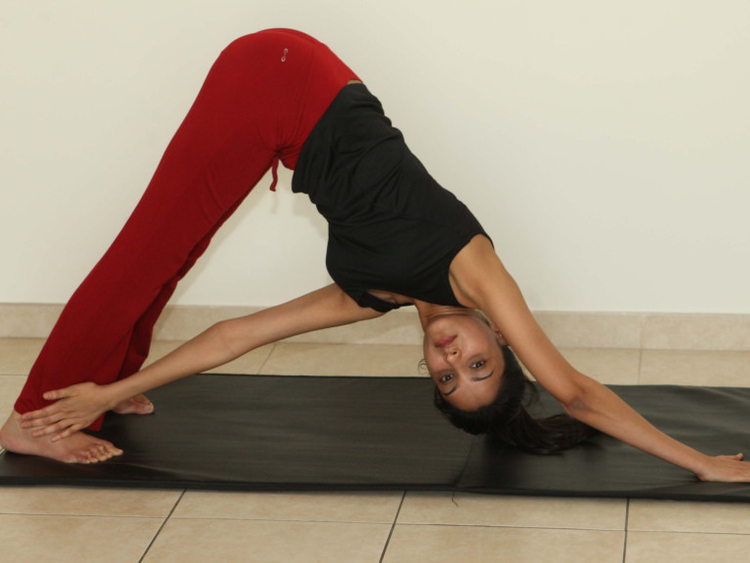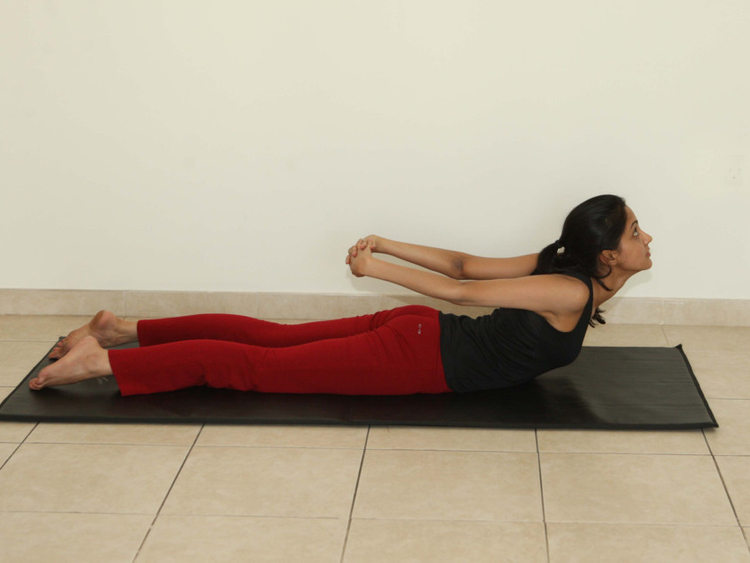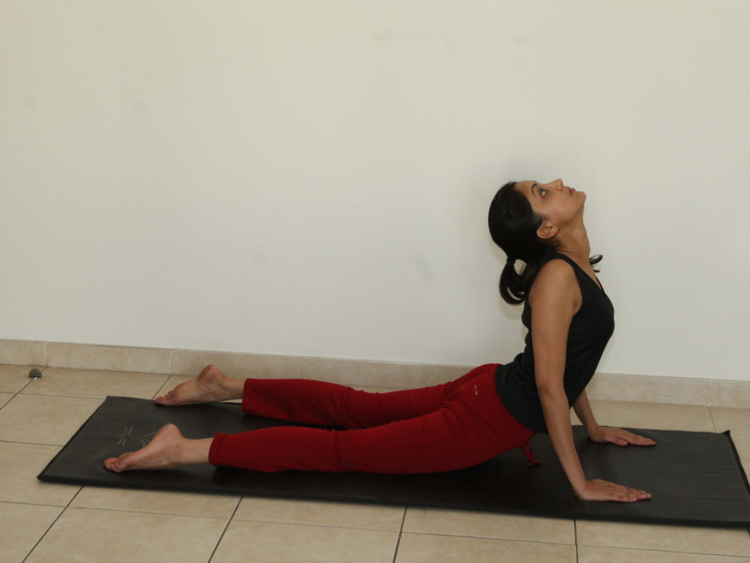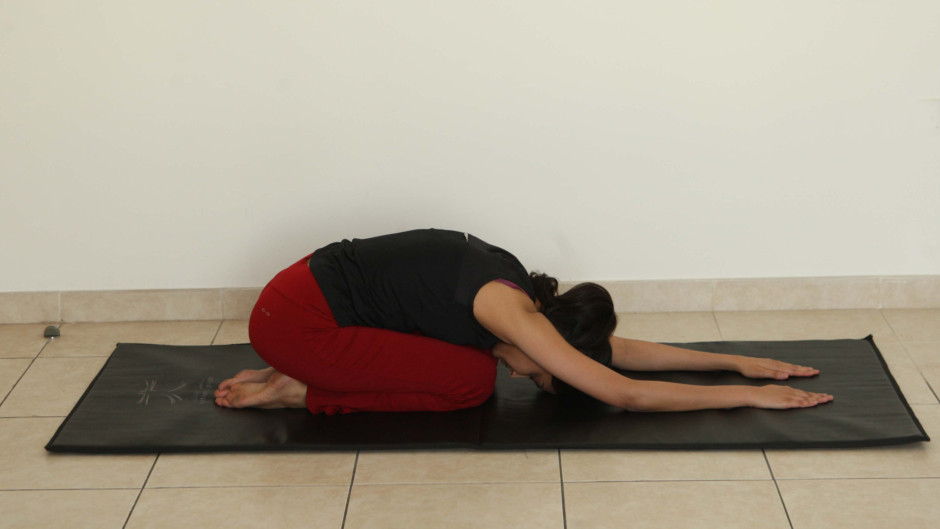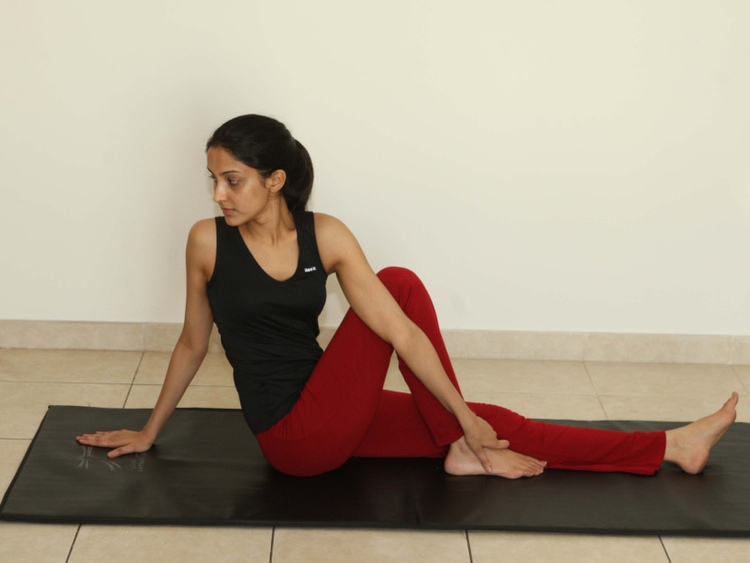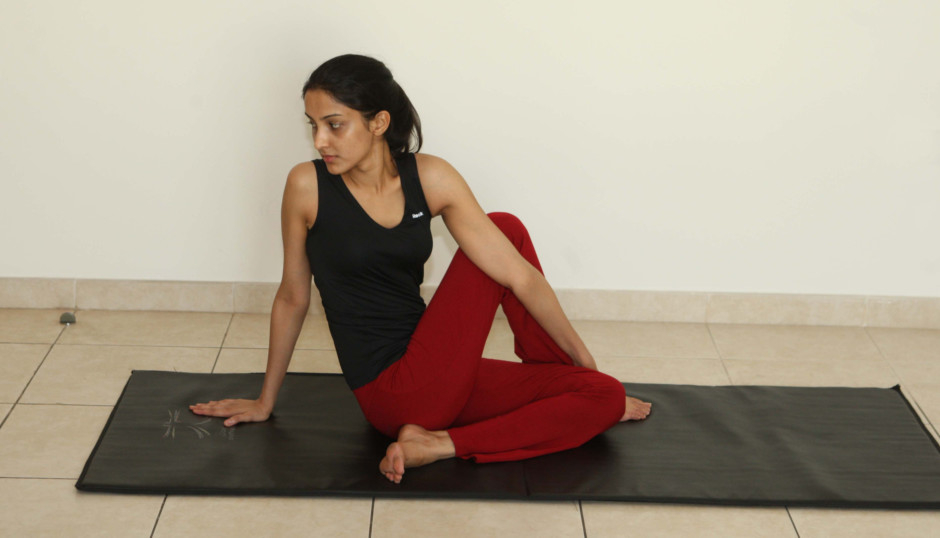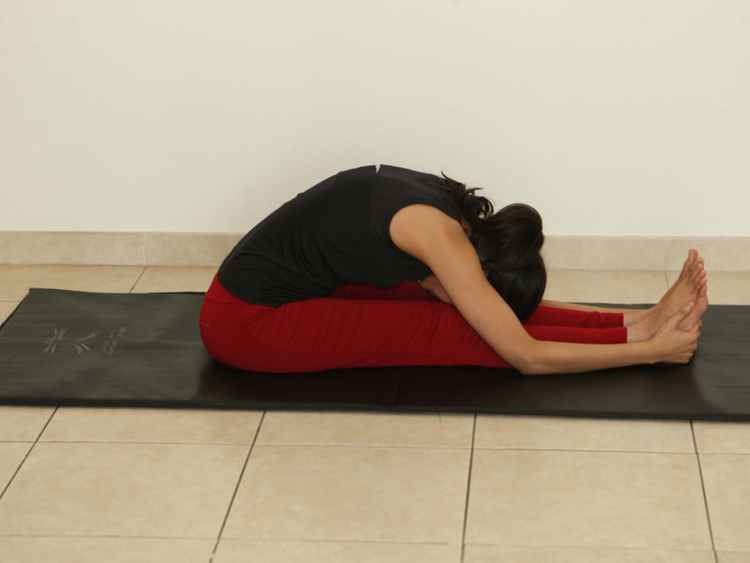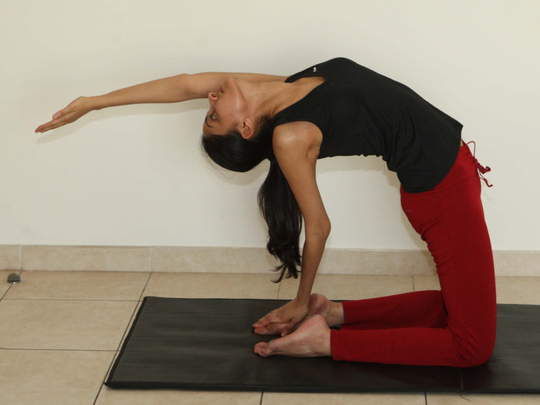
Good posture feels effortless to your body. It gives you a fit and confident look and has an impact on your overall wellbeing. Yoga helps improve one’s posture and gait when practised regularly.
Basics of good posture
Posture is the way you hold your body while sitting, standing or performing tasks such as bending, pulling or pushing. When your posture is good the spine remains aligned. The spine has an S-curvature where there is a forward curve in the neck, a backward curve in the upper back and running down into a forward curve towards the abdomen in the lower back. When these curves are in proper alignment, the spine, shoulders, hips, knees and ankles are in balance, and body weight is evenly distributed. Thus there is less stress and strain on muscles, joints and ligaments. This reduces chances of muscle fatigue, back, shoulder and neck pain, and stress.
Skeletal muscles continuously make tiny adjustments to hold the back straight, hold the neck and head in place and maintain a good posture. They are made up of two types of muscle fibres — namely static (slow twitch) and phasic (fast twitch). Static fibres are found in the deeper muscles. They maintain posture and balance by sensing our position and relaying information to the brain. These burn energy slowly and work for long periods without tiring. Phasic fibres are used for movement which burn energy quickly and hence tire out.
Poor posture causes fatigue because it demands that the phasic fibres maintain the body’s position. Over time, this causes the deeper supporting muscles to waste away from lack of use. Weak, unused muscles tend to tighten and this shortening of muscle length can compress the bones of the spine (vertebrae) and worsen posture.
Signs of poor posture
Some common signs of poor posture include slouching, hunched back, text neck, Donald Duck posture and flat back. Slouching in a chair or on the couch means sitting slumped without proper support for the lower back which puts immense strain on your lower back muscles and soft tissues.
Hunched back and text neck are the most common signs of poor posture with people spending 60 per cent of their day at the desk or on the smartphone. Your chest caves in causing a hunch and your neck sticks out while staring at the screen of the desktop computer or phone.
Donald Duck posture is when your posterior sticks out causing an exaggerated curve on the lower back and you appear to be leaning forward when you are standing.
Standing with a flat back means your pelvis is tucked and your lower back is straight instead of being naturally curved while you stoop.
Creating good posture
Maintain a healthy body weight. Excess weight leads to bad posture and puts immense strain on the spine.
Exercise regularly to keep your muscles strong for good support
Sleep on a firm and comfortable mattress.
Organise your workstation to reduce stress and strain on the body. Practise desktop yoga (refer tabloid! May 16 issue).
Avoid sitting for long hours. Take a walk and stretch every few hours.
Yoga postures will help realign the spine and train the muscles to maintain the right posture through systematic contraction and stretching of the spine and muscles, thus decompressing the spine, lengthening the muscles and strengthening both.
Following is a regime to achieve the same. Begin with 12 sun salutations and practise it along with last week’s for maximum benefits. .
This is an interactive series, in which we will bring you practical tips
on daily living, inspired by the vision of yoga. Write in to tabloid@gulfnews.com with your questions and doubts regarding enhancing your lifestyle through yoga. For more information, call 800-YOGA (9642) or log on to artisticyoga.com



